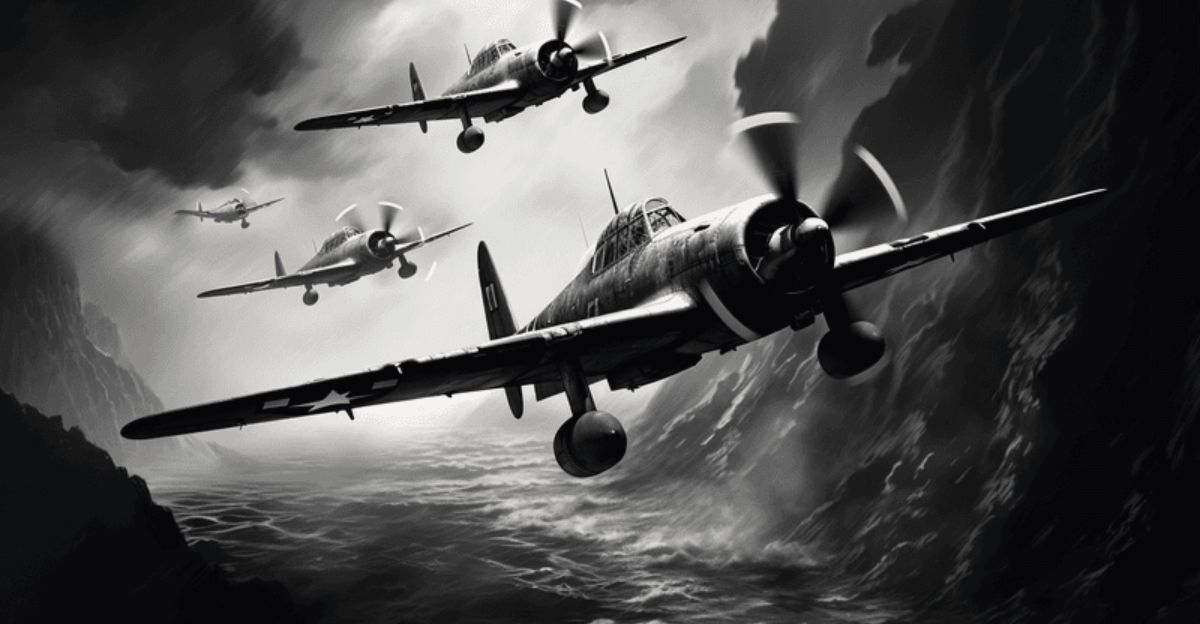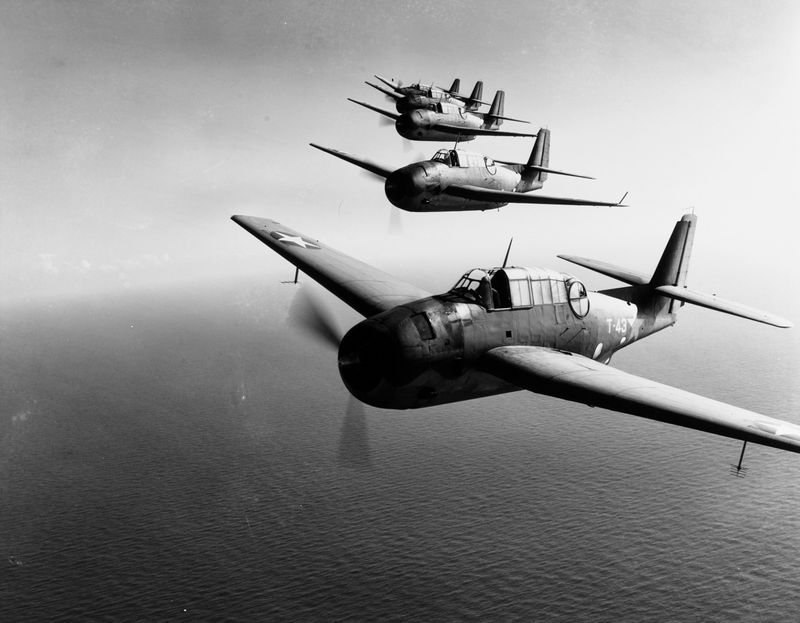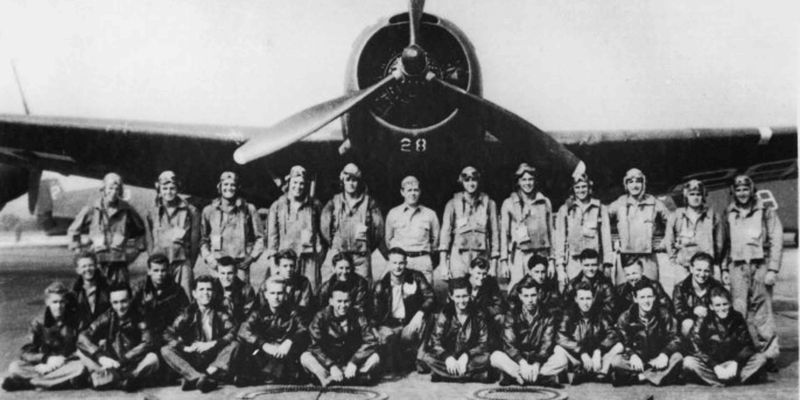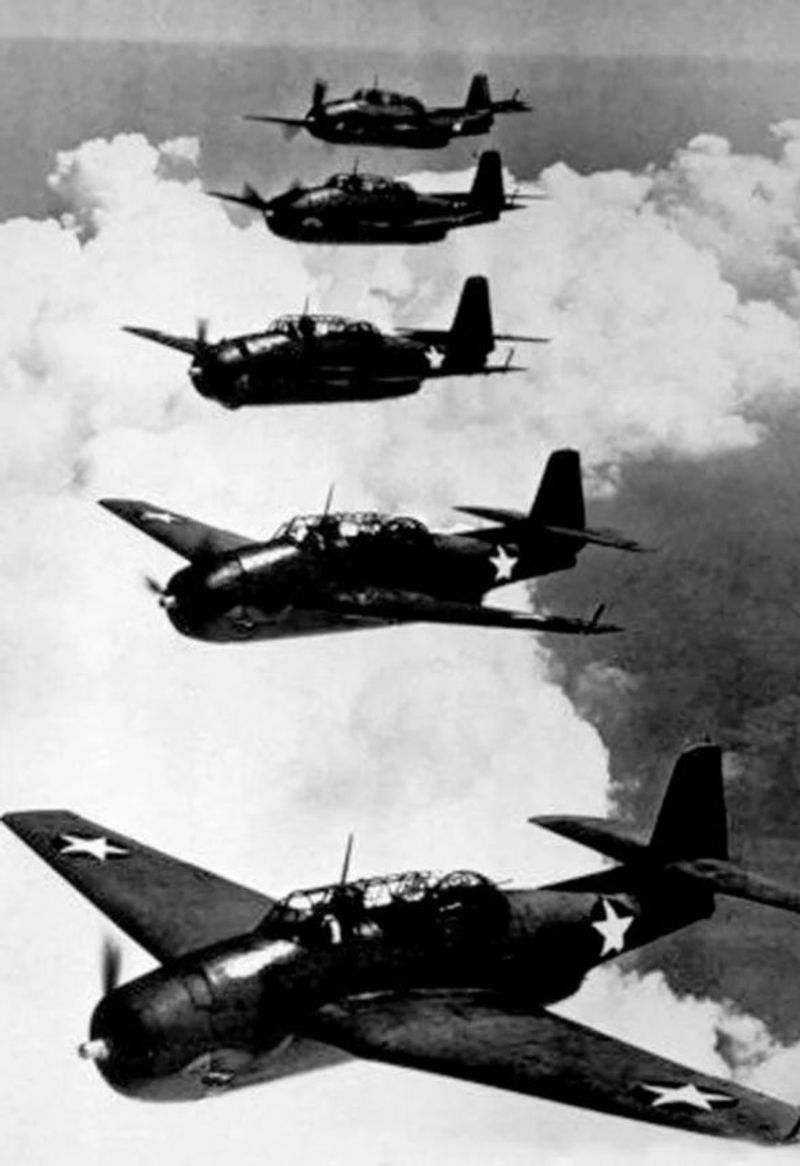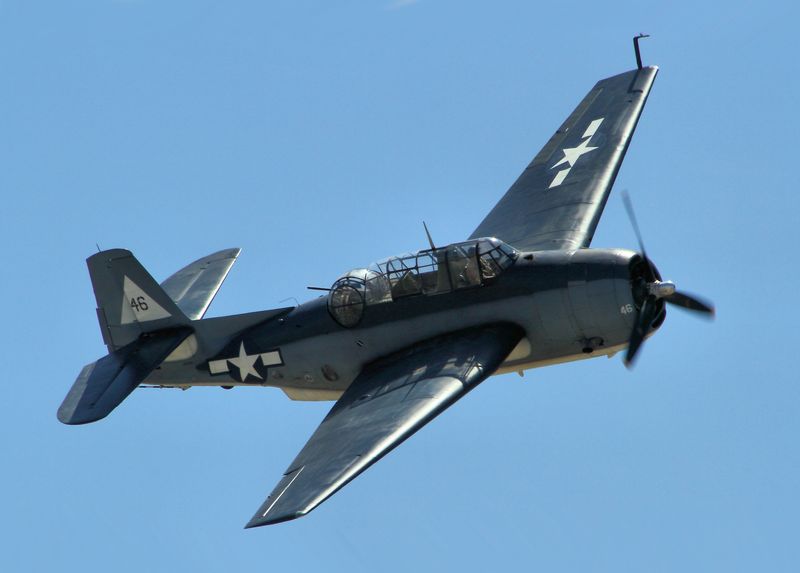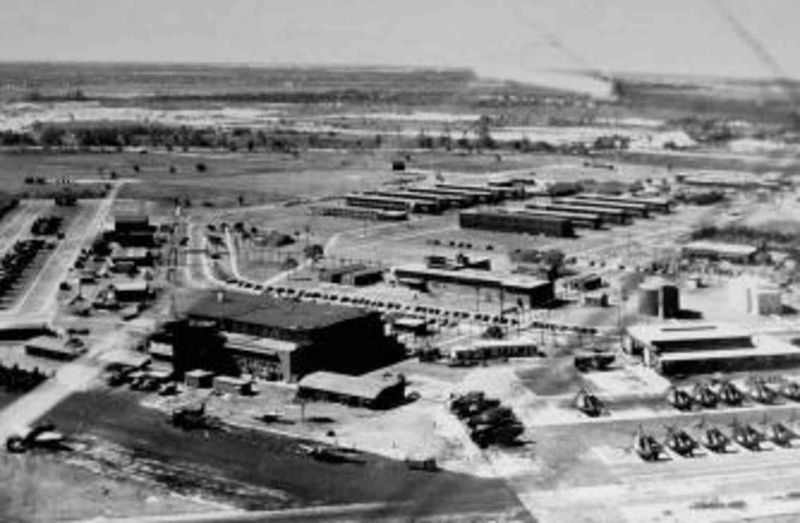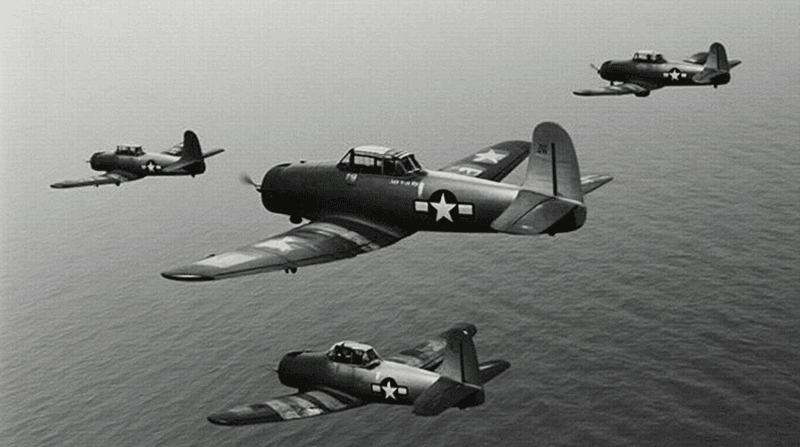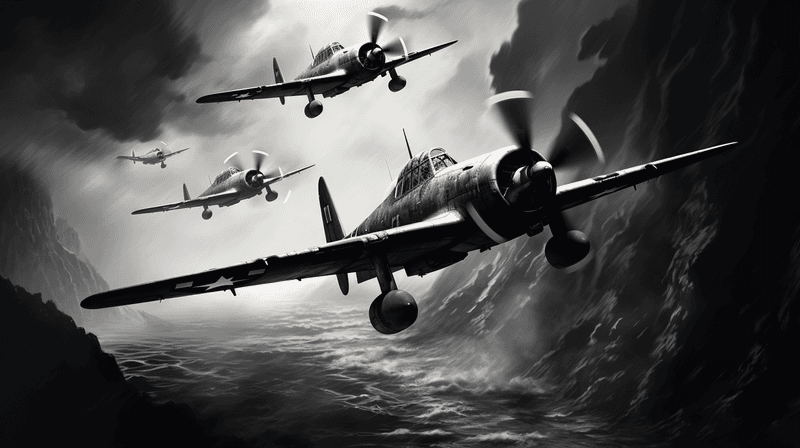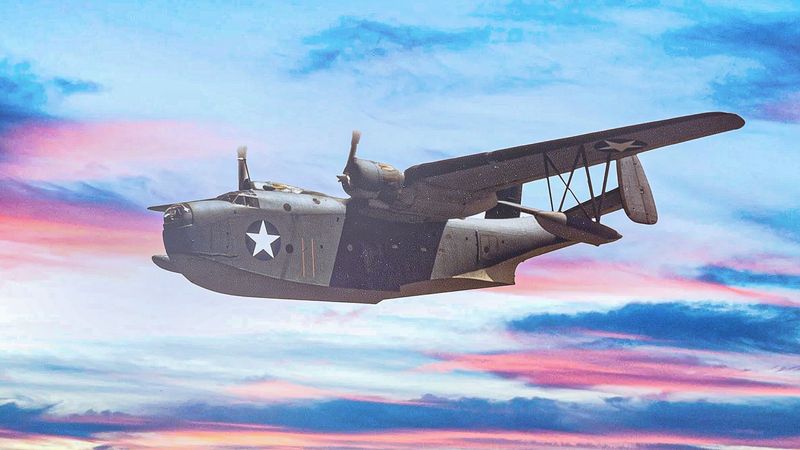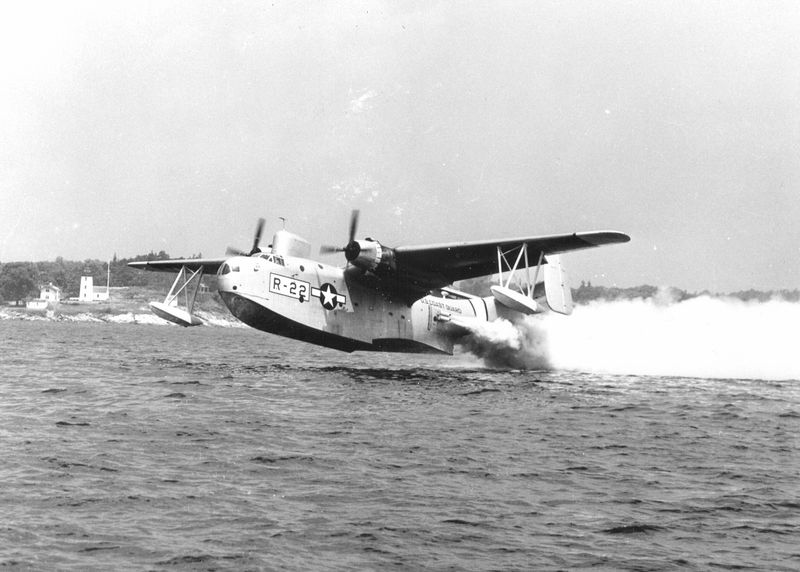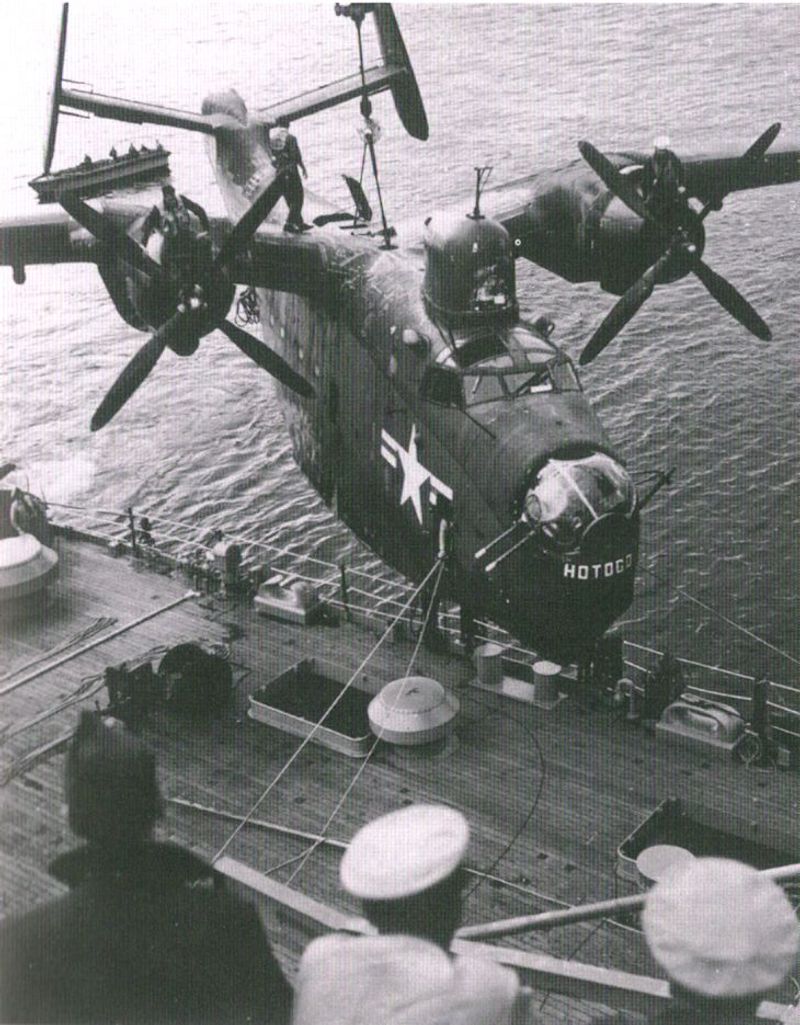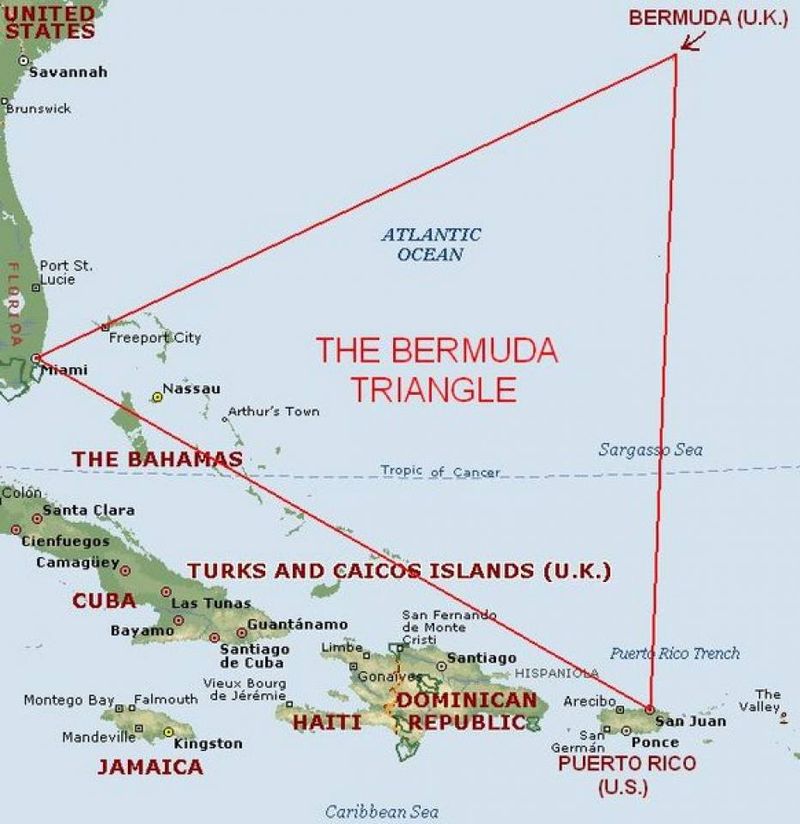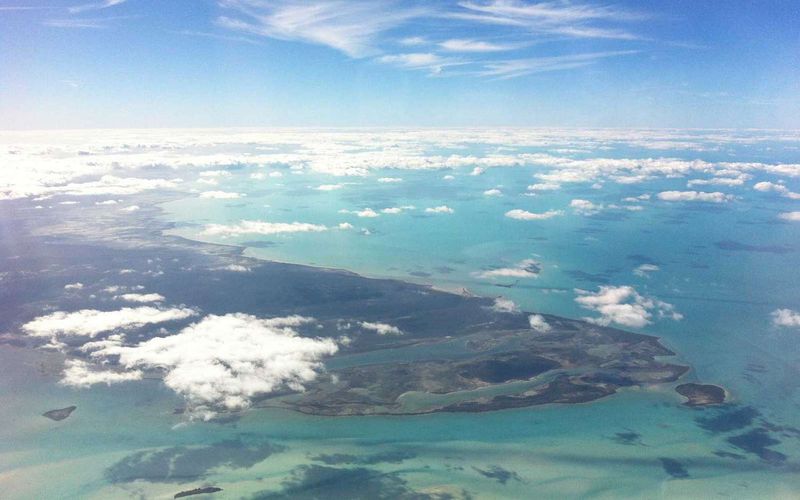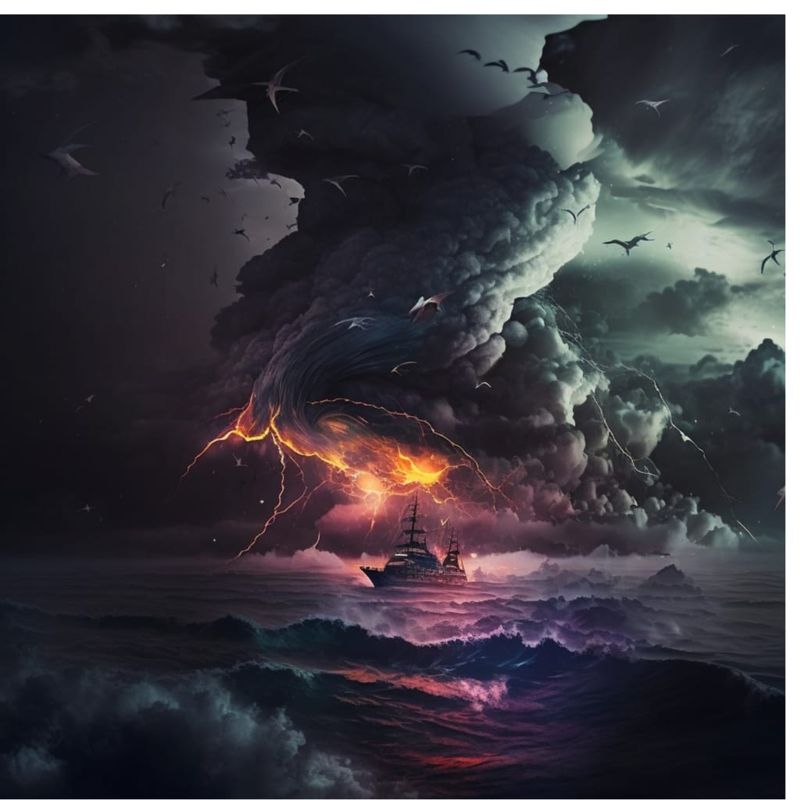One of aviation’s greatest mysteries unfolded on December 5, 1945, when five Navy aircraft vanished without a trace.
Flight 19, a squadron of torpedo bombers, disappeared during a routine training mission in what would later become known as the Bermuda Triangle.
This incident sparked decades of speculation, conspiracy theories, and supernatural explanations that continue to captivate our imagination today.
1. The Call Sign: FT28
Lieutenant Charles Taylor led the doomed mission using the radio call sign “FT28” during communications with the base. This seemingly ordinary designation would become forever linked with one of aviation’s greatest mysteries.
Radio transcripts reveal Taylor’s growing confusion as the mission progressed. His calls became increasingly distressed as he struggled to determine his position over the Atlantic.
The final communications from FT28 indicated the squadron was flying north when fuel was running critically low, contradicting the direction that would have brought them safely to land.
2. The Fateful Date: December 5, 1945
Winter had just begun when the legend of the Bermuda Triangle was born. December 5, 1945 started like any normal day at the Naval Air Station, with routine training flights scheduled despite the approaching holiday season.
Weather reports described favorable conditions—visibility was good with moderate seas. Nothing suggested this ordinary Wednesday would become a pivotal moment in unexplained phenomena.
By nightfall, families of 14 airmen would begin the agonizing wait for news that would never come, forever marking this date in the annals of maritime mysteries.
3. The Lost Squadron: Five Naval Aircraft
Formation flying was standard procedure for military training missions. Flight 19 consisted of five identical aircraft flying in tight coordination, each carrying three crew members—a pilot, gunner, and radioman.
Four of the pilots were students, with only Lieutenant Taylor having extensive flight experience. The squadron maintained radio contact with each other throughout their ordeal, making collective decisions as their situation deteriorated.
Their formation likely remained intact until fuel exhaustion, suggesting all five aircraft met their fate within minutes of each other somewhere over the vast Atlantic.
4. The Aircraft Type: Grumman TBM Avengers
Rugged and battle-proven, the Grumman TBM Avenger had established a remarkable reputation during World War II. These single-engine torpedo bombers served as the backbone of the Navy’s aerial attack force, with thousands manufactured between 1942 and 1945.
Weighing nearly 8 tons when fully loaded, Avengers featured distinctive folding wings for carrier storage. Their spacious fuselage accommodated a three-man crew, with the pilot sitting beneath a large greenhouse canopy.
Remarkably, these aircraft were considered extremely reliable and seaworthy, making their complete disappearance all the more baffling to aviation experts.
5. Impressive Avenger Specs: Naval Workhorses
Engineers designed the Avenger as a lethal submarine hunter. With a wingspan of 54 feet and powered by a 1,900-horsepower Wright R-2600 engine, these aircraft could cruise at 147 mph for over 1,000 miles without refueling.
Their bomb bay could accommodate a 2,000-pound torpedo or equivalent bomb load. Most impressively, Avengers featured advanced navigation equipment for the era, including radio direction finders that should have helped the pilots determine their position.
The planes carried enough fuel for a five-hour mission plus a 30-minute reserve, explaining why radio contact ceased approximately 4 hours after takeoff.
6. Origin Point: Fort Lauderdale Naval Air Station
Situated along Florida’s southeastern coast, Fort Lauderdale Naval Air Station bustled with activity in the post-war period. The base specialized in training pilots for over-water navigation and bombing runs, making it an ideal launching point for Flight 19’s exercise.
Hangars and runways stretched across former mangrove swamps, with the Atlantic Ocean visible just beyond the airfield’s eastern perimeter. Hundreds of flight operations occurred daily from this facility during the mid-1940s.
Today, the former base has been transformed into Fort Lauderdale-Hollywood International Airport, though a small museum commemorates its military history and the Flight 19 tragedy.
7. A Clear Departure: 2:10 PM Takeoff
Sunlight glinted off the metal fuselages as the five Avengers roared down the runway at precisely 2:10 PM. Ground crew reported nothing unusual during pre-flight checks, and all aircraft engines performed normally during takeoff.
The mission plan called for a routine navigation exercise—flying east for 160 miles, then north for 40 miles, and finally southwest back to base. This triangular route would take them over the Bahamas and was expected to last approximately 3 hours.
Meteorological records indicate scattered clouds at 2,500 feet with visibility of 10-12 miles—ideal flying conditions that make the subsequent events even more perplexing.
8. Ominous Last Communications: Growing Disorientation
Radio transcripts reveal the mounting confusion among the pilots. At 3:45 PM, Lieutenant Taylor reported: “I don’t know where we are. We must have got lost after that last turn.” His admission sent shockwaves through naval command.
Perhaps most chilling was a fragment captured around 6:20 PM: “Everything is wrong… strange… we can’t be sure of any direction. Even the ocean doesn’t look as it should.” The pilots’ growing bewilderment suggests they encountered something profoundly disorienting.
The final transmission at approximately 7:04 PM contained only broken phrases before radio contact was permanently lost, leaving behind an enduring mystery.
9. Vanished Without a Trace: Four Hours After Takeoff
Approximately four hours into their flight, the squadron’s radio signals began weakening dramatically. Naval radio operators strained to hear the increasingly fragmented transmissions coming from somewhere over the Atlantic.
By 6:30 PM, radar stations along the Florida coast could no longer detect any aircraft signatures in the area where Flight 19 was believed to be. The gathering darkness complicated matters as night fell over the vast ocean expanse.
Despite the Avengers’ ability to float temporarily if ditched properly in water, no emergency flares were spotted by ships or coastal observers in the hours following the disappearance.
10. The Doomed Rescue Mission: Martin Mariner Dispatched
Hope flickered briefly when a massive PBM-5 Martin Mariner—nicknamed the “Flying Boat” for its ability to land on water—took off to search for the missing squadron. Carrying 13 experienced crewmen and equipped with sophisticated search equipment, the rescue aircraft represented the best chance for locating survivors.
The Mariner’s spacious hull contained powerful searchlights capable of illuminating large areas of ocean. Radio operators maintained constant contact with the base as the flying boat headed toward Flight 19’s last estimated position.
Tanker crews in the area later reported spotting what appeared to be an aircraft explosion over the ocean, suggesting a tragic end to the rescue attempt.
11. Second Disappearance: Rescue Plane Vanishes Too
At 7:27 PM, the Martin Mariner rescue aircraft reported its position and continued toward the search area. Mysteriously, all radio contact ceased just twenty minutes later at 7:47 PM, creating an even more confounding situation for naval authorities.
The 13 crewmen aboard the rescue plane joined the 14 men from Flight 19 in vanishing without explanation. This double disappearance within hours heightened fears that something extraordinary was occurring in the Atlantic that night.
The Mariner’s final transmission contained no distress call or indication of mechanical problems, deepening the enigma that would soon capture worldwide attention.
12. No Wreckage Found: Massive Search Yields Nothing
Dawn on December 6th launched the largest air and sea rescue operation in naval history to that date. Hundreds of aircraft and dozens of ships crisscrossed thousands of square miles of ocean for weeks following the disappearances.
Search patterns concentrated on areas where floating debris would likely appear based on current and wind patterns. Despite ideal visibility conditions during much of the search period, not a single piece of wreckage, life vest, oil slick, or personal effect was ever recovered.
The complete absence of physical evidence defied logical explanation, as 19 tons of aircraft metal and equipment seemed to have completely vanished from the earth.
13. Defining the Infamous Triangle: A Region of Mystery
The Bermuda Triangle encompasses a vast oceanic region roughly bounded by Miami, Bermuda, and Puerto Rico. This irregular triangle covers approximately 500,000 square miles of the Atlantic Ocean, containing some of the deepest marine trenches in the western hemisphere.
Ocean currents within this area include the powerful Gulf Stream, which can quickly disperse floating wreckage. The region experiences unique weather phenomena, including microbursts and waterspouts that form with little warning.
While officially unrecognized by the U.S. Board of Geographic Names, the Bermuda Triangle has become firmly established in popular culture as a place where conventional explanations sometimes fail.
14. A Vast Expanse of Mystery: 1.5 Million Square Miles
More expansive accounts describe the Bermuda Triangle covering an astonishing 1.5 million square miles—larger than many countries. This massive area contains numerous islands, reefs, and shipping lanes that have witnessed centuries of maritime traffic.
Ocean depths within this region vary dramatically, from shallow coastal waters to abyssal plains plunging more than 27,000 feet below sea level. Such extreme depth variations create complex underwater currents and potential navigational hazards.
Modern estimates suggest over 1,000 ships and planes have disappeared within these waters during the past 500 years, though many disappearances have perfectly rational explanations involving weather and human error.
15. Historical Seeds of Doubt: Columbus’ Strange Lights
Long before Flight 19, peculiar occurrences in these waters were being documented. Christopher Columbus, while sailing through the region in 1492, recorded in his ship’s log observations of bizarre compass behavior and “strange dancing lights on the horizon.”
The explorer also noted unusual weather patterns and sea conditions that troubled his crew. These historical accounts gained new significance after the Flight 19 incident, suggesting a potential pattern of anomalous phenomena spanning centuries.
Some researchers point to Columbus’ descriptions of “a great flame of fire” that crashed into the sea as possibly the first recorded UFO sighting in the Americas, though skeptics attribute this to meteor activity.
